Kinetic versus Potential Energy Worksheet
Are you a middle school science teacher looking to engage your students with an interactive worksheet on kinetic and potential energy? Look no further! Our Kinetic versus Potential Energy Worksheet is the perfect tool to introduce and reinforce these concepts in your classroom. With clear explanations and thought-provoking questions, this worksheet is designed to help students grasp the fundamental differences between kinetic and potential energy.
Table of Images 👆
More Energy Worksheets
Light and Heat Energy WorksheetsTypes of Energy Transfer Worksheet
Energy Light Heat Sound Worksheets
3 Forms of Energy Worksheets
Energy Worksheets for Third Grade
What is kinetic energy?
Kinetic energy is the energy possessed by an object due to its motion. The amount of kinetic energy an object has depends on its mass and its velocity. The formula to calculate kinetic energy is KE = 0.5 * m * v^2, where KE is kinetic energy, m is mass, and v is velocity.
How is kinetic energy calculated?
Kinetic energy is calculated using the formula: KE = 0.5 * m * v^2, where KE is the kinetic energy, m is the mass of the object, and v is the velocity. Kinetic energy is a measure of the energy an object possesses due to its motion, and is directly proportional to both the mass and the square of the velocity of the object.
What are some examples of objects with kinetic energy?
Some examples of objects with kinetic energy include a moving car, a swinging pendulum, a rolling ball, a flying airplane, and a person running. These objects possess kinetic energy due to their motion and speed.
What is potential energy?
Potential energy is the energy that an object possesses due to its position or state. It is stored energy that has the potential to do work. Potential energy can be gravitational, elastic, chemical, or electrical, among other forms, and is converted into kinetic energy when the object or system is in motion or undergoes a change in position.
How is potential energy calculated?
Potential energy is calculated using the formula: Potential Energy (PE) = mass (m) * gravitational acceleration (g) * height (h). This formula indicates that potential energy is equal to the product of an object's mass, the acceleration due to gravity, and the height at which the object is located above a reference point.
What are some examples of objects with potential energy?
Some examples of objects with potential energy include a book on a shelf, a stretched rubber band, a roller coaster at the top of a hill, a compressed spring, and a pendulum at its highest point. These objects have the potential to do work or exhibit motion based on their position or configuration, storing energy that can be converted into kinetic energy when they are released.
What is the relationship between kinetic and potential energy?
Kinetic and potential energy are two forms of energy that are interrelated within a system. When an object is in motion, it possesses kinetic energy due to its movement. As the object moves against a force, such as gravity or a spring, its kinetic energy can be converted into potential energy. For example, when a ball is thrown upwards, it gains height (potential energy) as it loses speed (kinetic energy). This relationship allows energy to be transferred and transformed between these two forms within a system.
How can an object convert potential energy into kinetic energy?
An object can convert potential energy into kinetic energy by allowing gravity to act upon it. As the object is released from a higher position, gravity pulls it downward, causing it to accelerate. This acceleration converts the stored potential energy into kinetic energy, resulting in the object moving faster as it falls towards the ground.
How can an object convert kinetic energy into potential energy?
An object can convert kinetic energy into potential energy by moving against a force, such as gravity or a spring. As the object moves upwards against the force, its kinetic energy decreases and the potential energy increases. This energy conversion occurs because work is done when the object is moved against the force, resulting in a transfer of energy from kinetic to potential.
In what situations would an object have both kinetic and potential energy?
An object would have both kinetic and potential energy in situations where it is in motion and positioned at a height above the ground. For example, a swinging pendulum would have both kinetic energy as it moves back and forth and potential energy at the highest point of its swing when it is momentarily motionless but has the potential to fall due to gravity.
Have something to share?
Who is Worksheeto?
At Worksheeto, we are committed to delivering an extensive and varied portfolio of superior quality worksheets, designed to address the educational demands of students, educators, and parents.

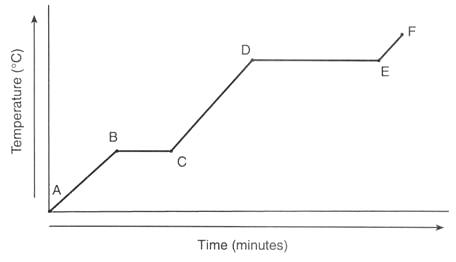



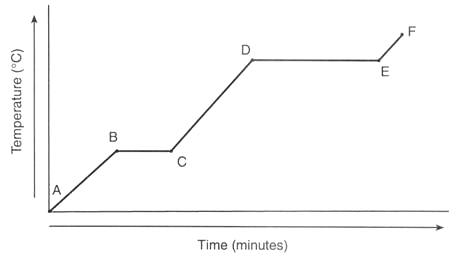
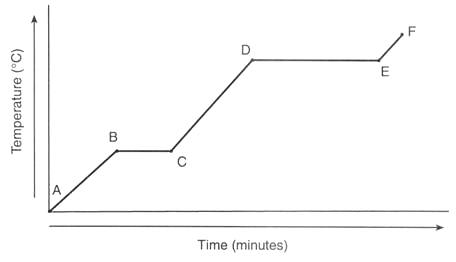
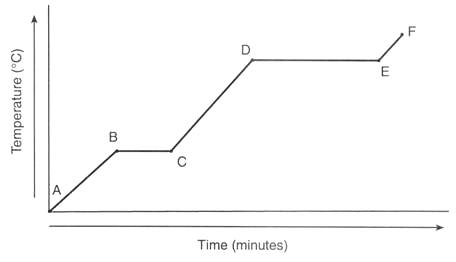
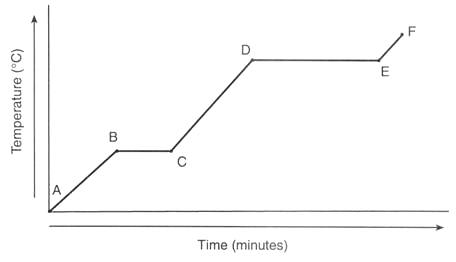
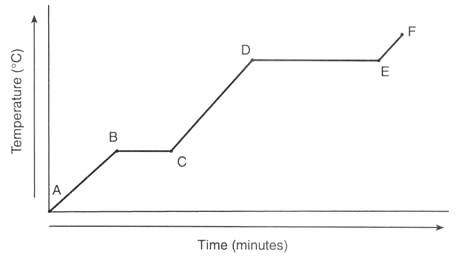
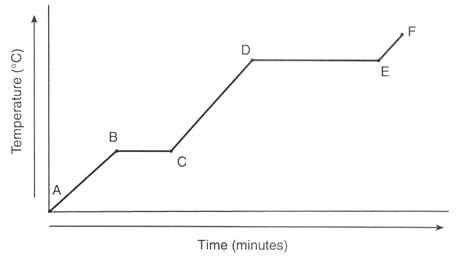
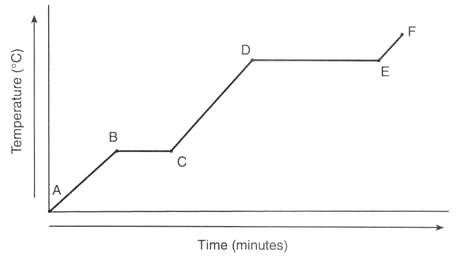
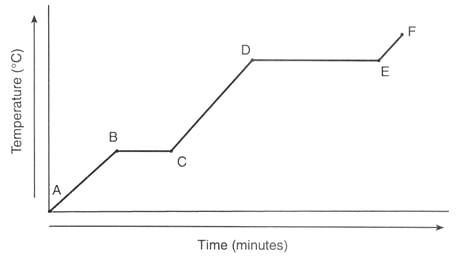
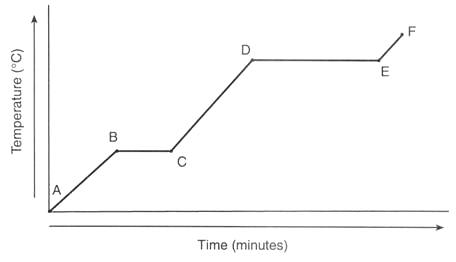

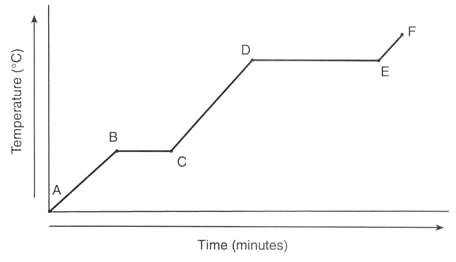
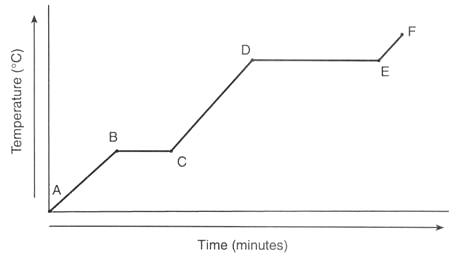

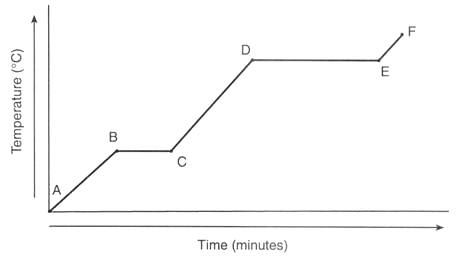
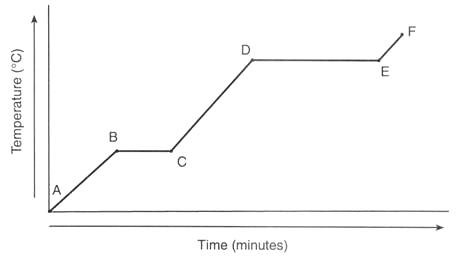
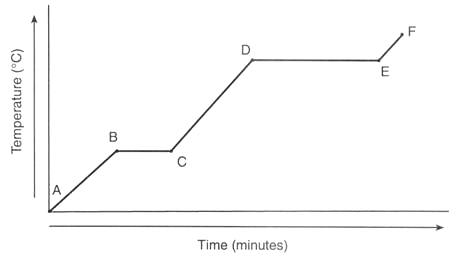
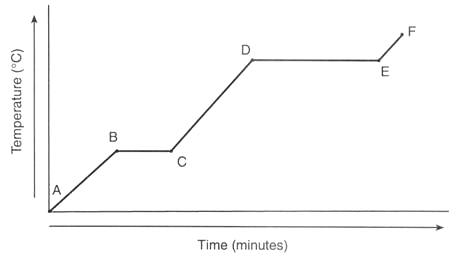
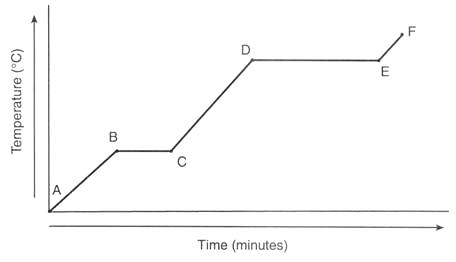














Comments